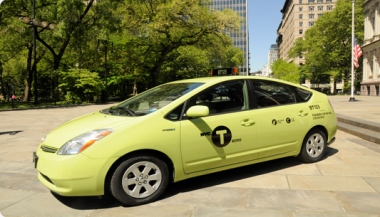Brooklynites react to Five Boro Taxi Plan

Photo courtesy of NYC.gov.
BY HEATHER J. CHIN AND AMANDA GLODOWSKI
The act of hailing a taxi is no longer exclusive to Manhattan tourists and city slickers. On Thursday, June 6, the Court of Appeals—the state’s highest court—made a unanimous decision to give the green light to the Five Boro Taxi Plan. The plan had previously been blocked by the New York State Supreme Court back in August of 2012.
So now, there will soon be hail livery service in the “outer boroughs” of Brooklyn, Queens, the Bronx, Staten Island, and in Manhattan north of 96th Street.